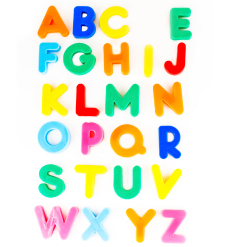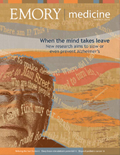ABC...Where's D?

Vitamin D has been called the “sunshine vitamin” since the body makes the nutrient only when it is exposed to sunlight. For African American and Hispanic children, making vitamin D is a bit more challenging. The increased melanin in their skin reduces the body’s ability to make vitamin D. Not surprisingly, recent studies have shown that many children living in the north have low vitamin D levels. But new research has shown that even in sunny climates, African American and Hispanic children are still at increased risk for deficiency.
Emory pediatrician Conrad Cole looked at vitamin D levels in Hispanic and African American children, mostly from low-income families in Atlanta. The average age of the children was 2½ years.
He found that 22% of the children had low levels of vitamin D3, and 74% had less than optimal levels of 25-hydroxyvitamin D. Vitamin D levels were lower in children during fall and winter than spring and summer.
The greatest deficiency was among African American children, 26%, compared with 18% of Hispanic children. More Hispanic children drank milk fortified with vitamin D, which provided most of their needed vitamin D intake, he says.
“Although most young children are known to be deficient in vitamin D, children from low-income families are likely to be at highest risk of developing nutrient deficiencies because of social and economic factors,” Cole says.


